Radcliffe Camera

The Radcliffe Camera, completed in 1749, is one of Oxford’s most iconic landmarks and a masterpiece of English Palladian architecture by James Gibbs. Commissioned with funds from physician John Radcliffe’s estate, it was originally built to house the Radcliffe Science Library before becoming part of the Bodleian Library complex. Its striking circular design, crowned by one of the largest domes in the UK, dominates Radcliffe Square and has become a symbol of the University. Today, it serves as a reading room for the Bodleian, linked to the Old Library via the underground Gladstone Link, and is home to the History Faculty Library2. While access to the interior is restricted to readers and guided tours, the building’s harmonious proportions and historic setting make it one of the most photographed sites in Oxford. Surrounded by architectural treasures, the Radcliffe Camera remains a testament to 18th‑century vision and the enduring pursuit of knowledge.
Oxford United KingdomThe Radcliffe Camera is an iconic building located in Radcliffe Square, Oxford (OX1 3BG), at the heart of the city's university precinct. Designed by James Gibbs in a grand Palladian Baroque style and completed in 1749, it was originally built to house the Radcliffe Science Library. Today, it serves as a reading room for the Bodleian Library and is a focal point of Oxford’s architectural and academic heritage. The circular sandstone structure with its impressive dome is surrounded by several key university landmarks including the Bodleian Old Library to the north, the University Church of St Mary the Virgin to the south, and notable colleges such as Brasenose to the west and All Souls to the east. Nearby, visitors can explore the Covered Market, the Sheldonian Theatre, and the Ashmolean Museum, making the Radcliffe Camera an essential part of the rich cultural and historic fabric of central Oxford.
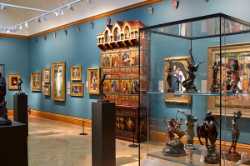 Ashmolean Museum
Oxford
Ashmolean Museum
Oxford
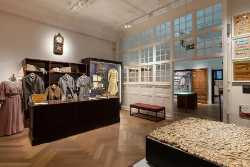 Museum of Oxford
Oxford
Museum of Oxford
Oxford
 Oxford University Museum of Natural History
Oxford
Oxford University Museum of Natural History
Oxford
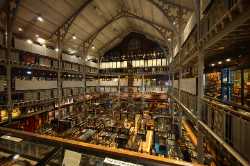 Pitt Rivers Museum
Oxford
Pitt Rivers Museum
Oxford
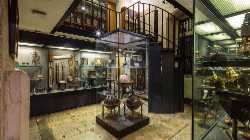 History of Science Museum
Oxford
History of Science Museum
Oxford
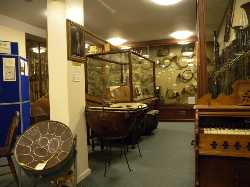 Bate Collection of Musical Instruments
Oxford
Bate Collection of Musical Instruments
Oxford
 Science Oxford Centre
Oxford
Science Oxford Centre
Oxford
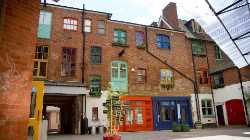 The Story Museum
Oxford
The Story Museum
Oxford
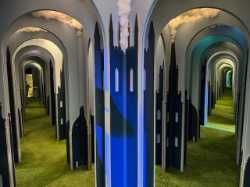 Oxford Illusion Museum
Oxford
Oxford Illusion Museum
Oxford
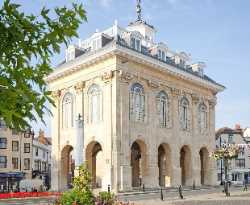 Abingdon County Hall Museum
Oxford
Abingdon County Hall Museum
Oxford
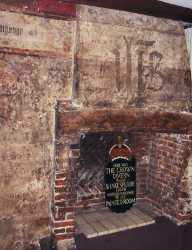 The painted room
Oxford
The painted room
Oxford
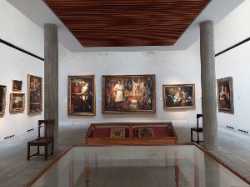 Christ Church Picture Gallery
Oxford
Christ Church Picture Gallery
Oxford
 Convocation House
Oxford
Convocation House
Oxford
 Oxford Bus Museum
Oxford
Oxford Bus Museum
Oxford
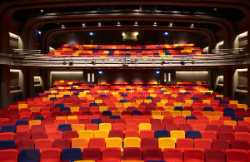 Oxford Playhouse
Oxford
Oxford Playhouse
Oxford
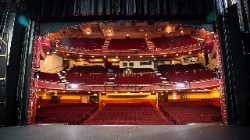 New Theatre Oxford
Oxford
New Theatre Oxford
Oxford
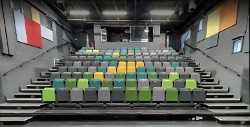 Pegasus Theatre
Oxford
Pegasus Theatre
Oxford
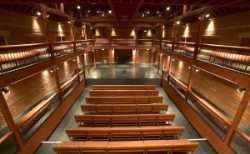 The North Wall Arts Centre
Oxford
The North Wall Arts Centre
Oxford
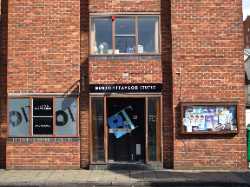 Burton Taylor Studio
Oxford
Burton Taylor Studio
Oxford
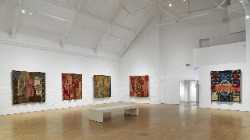 Modern Art Oxford
Oxford
Modern Art Oxford
Oxford
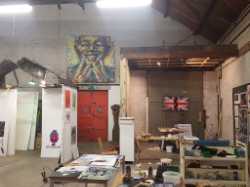 Ovada
Oxford
Ovada
Oxford
 Sarah Wiseman Galler
Oxford
Sarah Wiseman Galler
Oxford
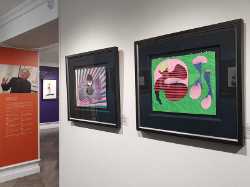 Castle Fine Art Oxford
Oxford
Castle Fine Art Oxford
Oxford
 Oxford Castle & Prison
Oxford
Oxford Castle & Prison
Oxford
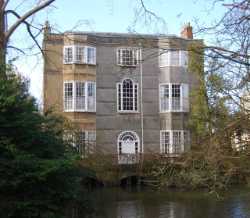 The Grandpont House
Oxford
The Grandpont House
Oxford
 Christ Church College
Oxford
Christ Church College
Oxford
 Sheldonian Theatre
Oxford
Sheldonian Theatre
Oxford
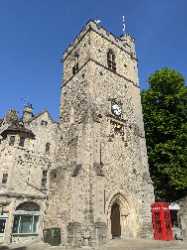 Carfax Tower
Oxford
Carfax Tower
Oxford
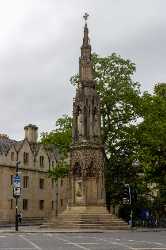 Martyrs’ Memorial
Oxford
Martyrs’ Memorial
Oxford
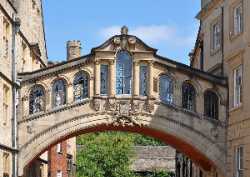 Bridge of Sighs
Oxford
Bridge of Sighs
Oxford
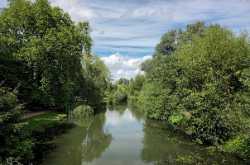 University Parks
Oxford
University Parks
Oxford
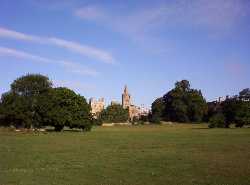 Christ Church Meadow
Oxford
Christ Church Meadow
Oxford
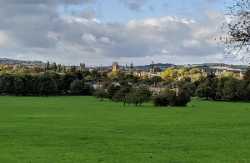 South Park
Oxford
South Park
Oxford
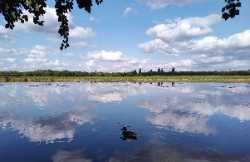 Port Meadow
Oxford
Port Meadow
Oxford
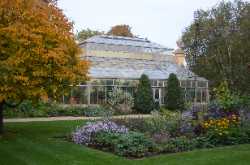 Oxford Botanic Garden
Oxford
Oxford Botanic Garden
Oxford
 Oxford Covered Market
Oxford
Oxford Covered Market
Oxford
 Gloucester Green Market
Oxford
Gloucester Green Market
Oxford
 East Oxford Farmers’ & Community Market
Oxford
East Oxford Farmers’ & Community Market
Oxford